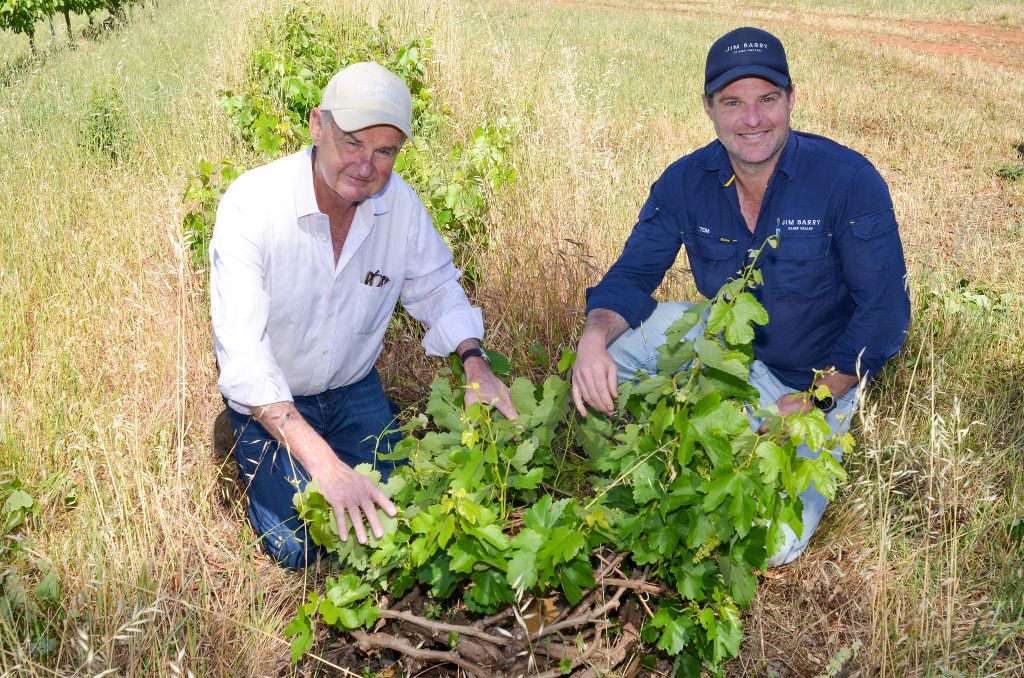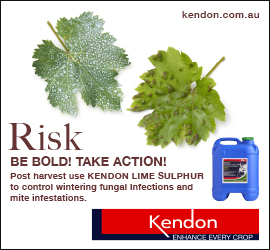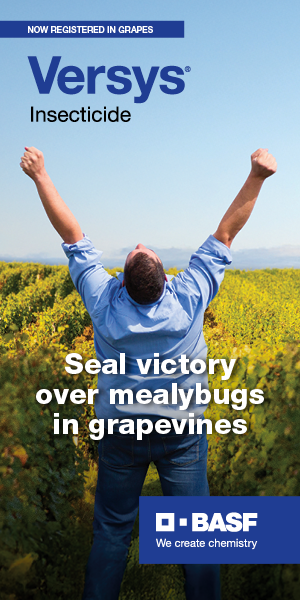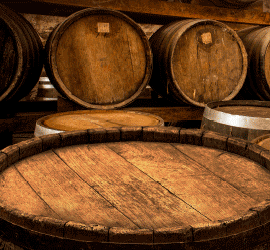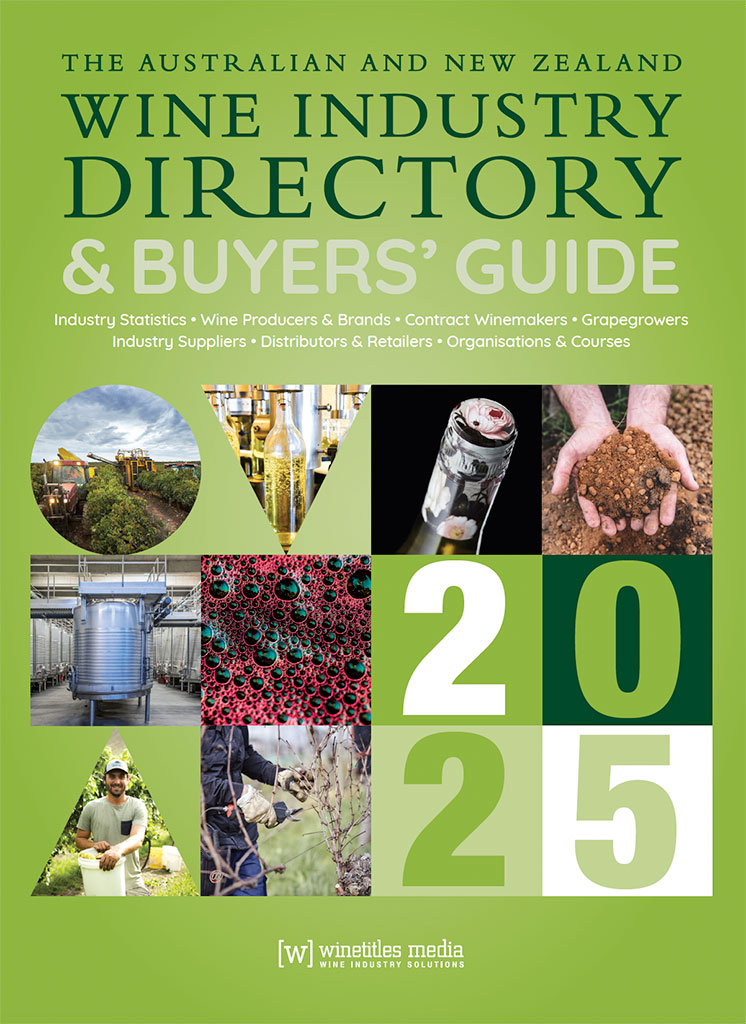Peter and Tom Barry with kouloura-trained Assyrtiko at home in Clare. Photo: Mark Smith
By Mark Smith
As a wine region blessed with a dry, sunny climate and sheer rugged beauty, it’s no wonder Santorini has become one of Greece’s premier tourism destinations.
Few visitors to its busy taverns and restaurants complain when the dramatic views are momentarily interrupted by platters of good food and local wines.
All give thanks they’re not the ones braving the heat and wind to hand-tend 1600ha¹ of vines.
“The vineyards are like lunar landscapes,” says Clare Valley winemaker Peter Barry.
“Vines are dry-grown in thin, sandy, volcanic soils. Traditional viticulture is ground-hugging to protect fruit and retain precious moisture. Even tomatoes are grown that way.”
It’s been almost 20 years since the Jim Barry managing director and his wife Sue travelled to Santorini, en route to a Shiraz trophy at the 2006 London International Wine Challenge.
Today, some 20,000 vines of Assyrtiko (‘ah-SEER-tee-KO’) across seven sites provide regular reminders of the deeply personal and unique wine odyssey that has unfolded. These are Australia’s only Assyrtiko, among few plantings anywhere outside Greece.
“Greece has more than 200 indigenous grape varieties², but it’s that first Assyrtiko over lunch that sticks in my mind,” Barry explains.
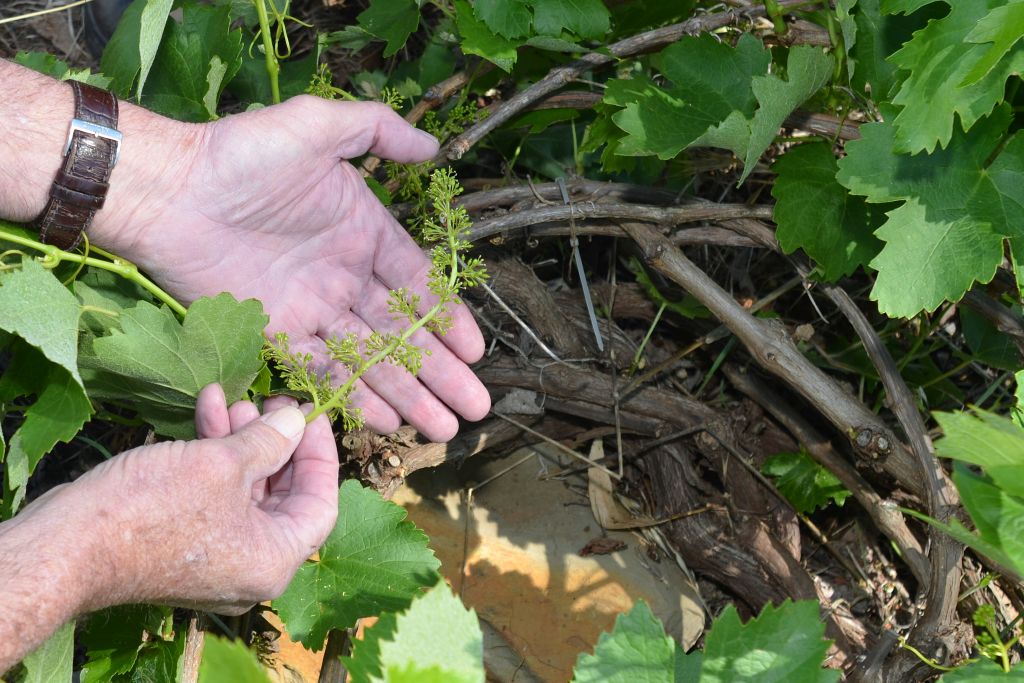
“Assyrtiko is to Santorini what Riesling is to Clare. It makes up 80 percent of their vineyards. We produce several dry Rieslings at Jim Barry. Each is around 12 percent alcohol with a pH close to 3.0 and titratable acidity of 7.0-8.0 grams per litre.
“The figures are remarkably similar to Assyrtiko on Santorini. Their crisp, fresh acidity and saline minerality make them great food wines. It wasn’t long before I suspected the variety might work well in Clare, despite our differences in climate and terroir.”
The differences are stark in anyone’s language.
The Agean island is buffeted by winds from every direction. Viticultural risks posed by average monthly wind speeds³ between 20kmh and 27kmh during the growing season are amplified by scorching heat and long hours of harsh sunlight. Mean maximum temperatures in July and August hit 30°C, while average minima are steadfastly 24°C.⁴
Vineyard yields average 4.5t/ha⁵. Those from poor seasons are extremely low.
Clare benefits from very significant diurnal variations in temperature. Average daytime maxima during February and March approach 35°C with morning temperatures nudging 13.5°C and 11.5°C respectively.⁶
“The wind overnight really blows the heat out of the hills,” Barry says.
“It’s not unusual to have 40°C afternoons followed by mornings close to 1°C.
“The valley floor is not good for Riesling. The fruit gets baked and pH measures increase as harvest approaches. Florita vineyard is one of the highest in the valley. Lodge Hill has an elevation of around 475 metres. Riesling on both sites is planted on south-facing slopes and only receives full sun during the cool of the morning.”
Average wind speeds⁷ of around 13.5kmh during November might play havoc with flowering and fruit set, he adds, but they remain below 12kmh for much of the growing season.
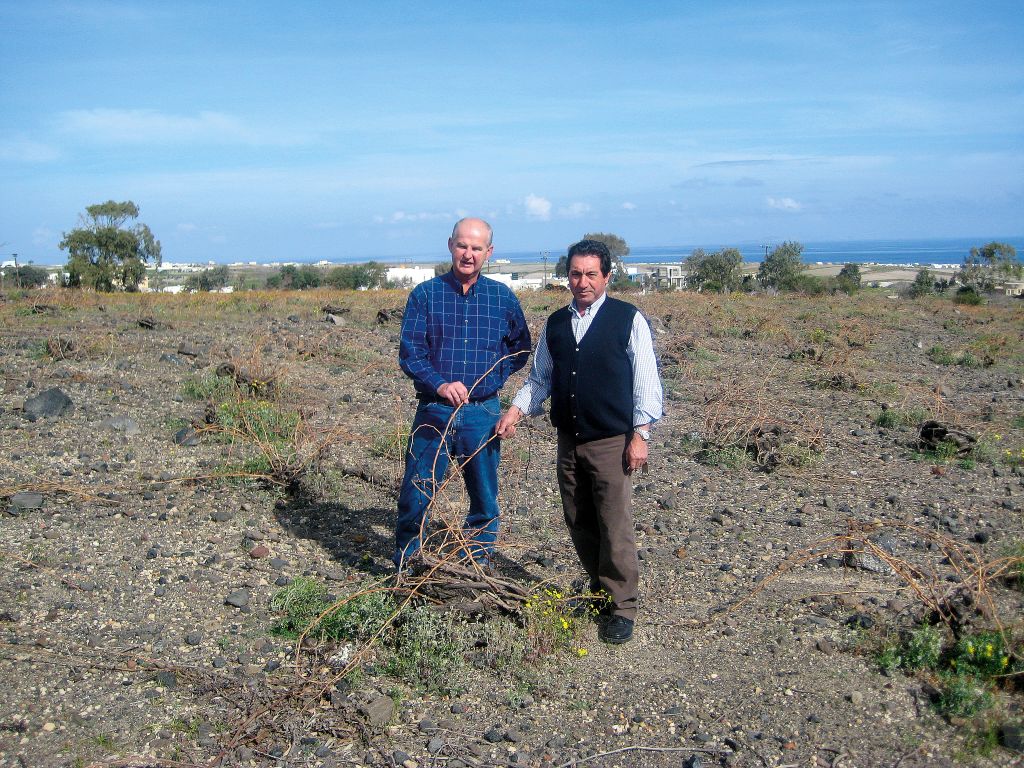
In mid-2007, Barry began tracking down Assyrtiko planting material, satisfied that adding a wild card to the relatively secure poker hand he already held in the valley was worth a chance.
The innovation gene seems firmly embedded in the Barry family’s DNA.
Back in 1969, company founder Jim Barry brought drip irrigation to the valley with the 280ha of vines he began planting at Auburn for the Taylor family.
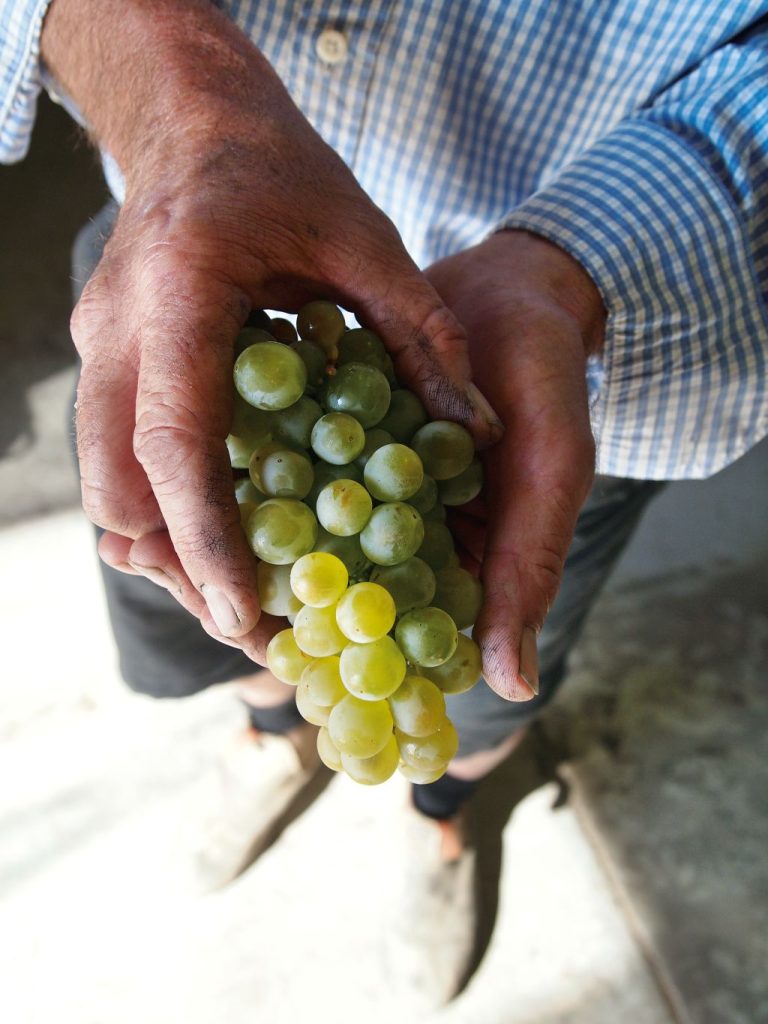
“Dad also urged growers to shy away from fortified wine varieties like Palomino and introduce Riesling, Cabernet Sauvignon, Shiraz and Malbec instead,” Barry recalls.
“A decade later, we were pioneering Sauvignon Blanc. That was years before Marlborough producers. OK, we’ve our share of failures, but that doesn’t mean that you shouldn’t have a crack at the next exciting prospect that comes along.”
Eleven different soil types define sites around Clare. Only one comes to mind on Santorini. Challenging.
Thin in structure, the soil is rich in calcium, magnesium and iron but low in potassium. That may explain the especially high acidity Assyrtiko retains at peak ripeness.
Its very existence on Santorini is a modern miracle.
A massive volcanic eruption in the 17th century eliminated all forms of life on the island, interrupting more than 3,000 years of viticulture⁸. It left behind a legacy of volcanic ash, sand, pumice, basalt and various other igneous rocks.
Somehow, vines eventually regained their tenuous grip in the landscape. Today, they continue their struggle, much as they always have, unaffected by the ravages of phylloxera that decimated
Europe from the 1870s.
Many researchers believe vineyards on Santorini figure among the world’s oldest.
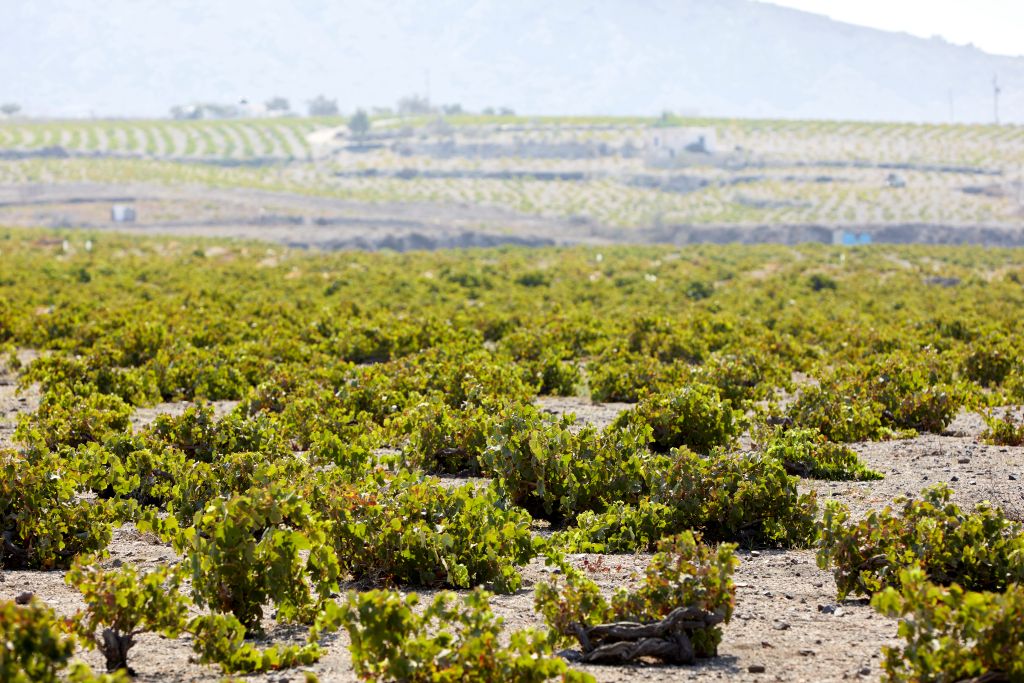
Konstantinos Lazarakis MW notes⁹ that growers asserted three clones of Assyrtiko could be identified: Proper Assyrtiko, Flask Assyrtiko, and Arseniko.
Modern science has dismissed that, he insists. Flask Assyrtico is a totally different variety, while Arseniko is simply a virus-infected form of Assyrtiko.
Lazarakis entered the wine odyssey at its outset, when Barry discovered Australian vine nurseries were totally bereft of the ancient variety. The fine and rare wine specialist helped mastermind a plan that connected two well-known producers of Assyrtiko with the Clare winemaker.
In February 2008, Barry and winemaker Yiannis Paraskevopoulos collected 12 cuttings from a single dormant vine at Santorini’s historic Estate Argyros.
Established in 1902, the family company is the island’s leading vineyard owner. Wine production spans two centuries.
Barry was fascinated by the vine-training systems he saw.
‘Woven basket’ system
The kouloura or ‘woven basket’ system is the most common and has since found its way to Clare. Bush vines (with kladeftiko training) and even some trellised plots are included in Santorini’s patchwork of vineyards.
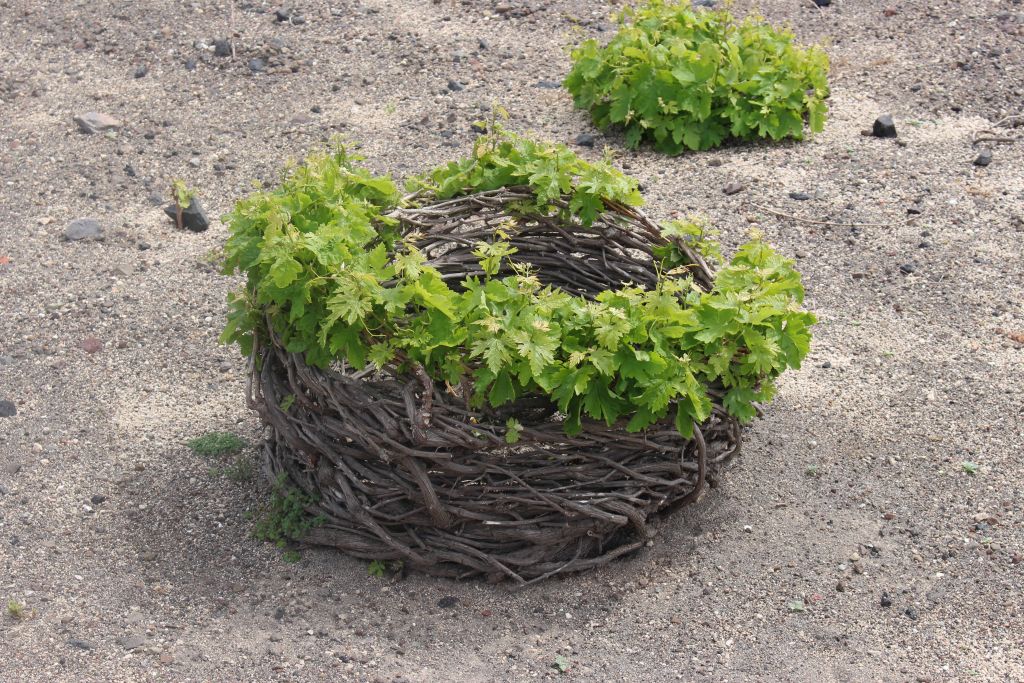
“The kouloura system supports plants being grown on their own roots in the thin, sandy soil,” Barry says.
“Vines are hand-tended, with shoots ultimately plaited into a circular wreath. These create a dense nest of branches and leaves inside which grapes grow.”
“The structure protects fruit from incessant winds and direct exposure to harsh sunlight. In addition to reducing soil erosion and slowing the evaporation of water offered by sea mists and periodic rain events, each basket lowers ambient temperatures around bunches to slow ripening.”
Average rainfall there during the last 20 years is close to 320mm, he recalls, almost half that of Clare.
Vegetative growth on Santorini happens at near-glacial rates. Vine structures with deep roots can develop for perhaps 400 years.¹⁰ Signs of old age can be well hidden by the kouloura system.
New vines are often created via the layering of canes from a healthy mother vine.
“When the baskets are almost a metre tall and decades old, workers cut them back to ground level and the system is re-constructed.”
Barry’s new planting material was released from the Knoxfield Plant Quarantine Nursery in Victoria in March 2010. Two years of mandatory inspection and testing after initial fumigation and propagation left him with just two viable Assyrtiko vines.
“Fortunately, they were over three metres long,” he muses.
“We were able to collect 32 buds to successfully graft on to 32 Riesling vines at our Spring Farm and Lodge Hill vineyards. An additional 658 cuttings were propagated with the help of Yalumba Nursery. These were planted at Lodge Hill too, exactly six years to the day from that momentous lunch in Santorini.”
Observing the vines at close quarters and transforming their moderate yields into award-winning wines, Tom Barry is enthusiastic about his company’s Assyrtiko project.
“We now have 6.87ha of it in four locations, with plans for a 3ha addition in the next year or so,” he explains.
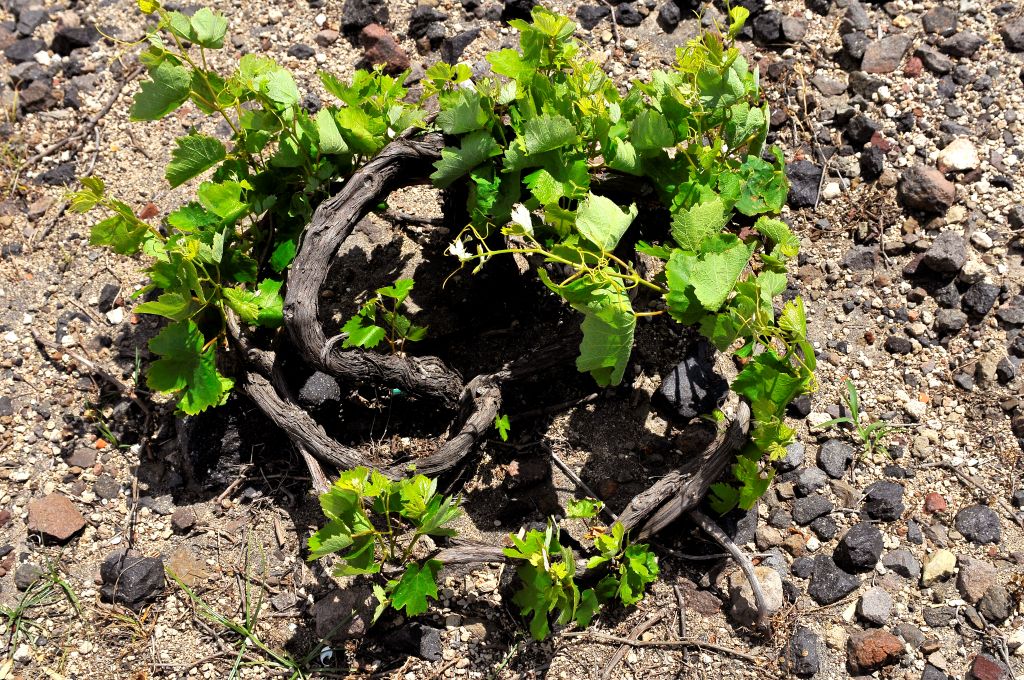
“You’ve got to keep moving forwards; working smarter with some great old vineyards while learning to adapt to industry challenges like climate change.”
The younger Barry seems almost surprised by the ease with which Assyrtiko has settled into its new home.
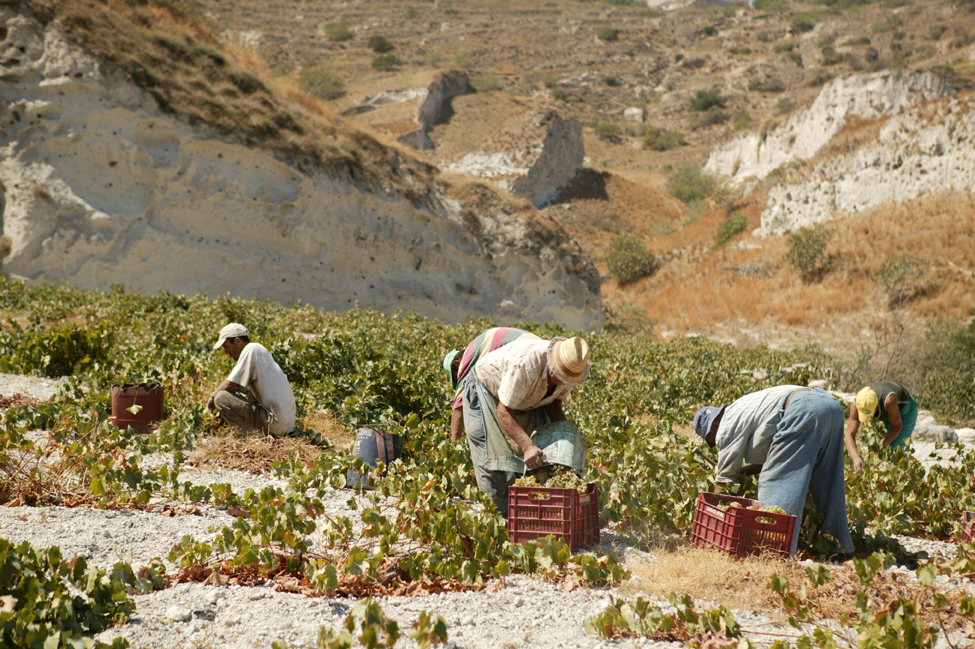
It receives the same kid glove treatment the company bestows on its precious Riesling. New blocks run east-west, rather than north-south, or along natural contours as they would have done in his grandfather’s day. Traditional rod-and-spur pruning is long gone.
“Vines at Lodge Hill are set 1.8m apart, with row spacings of 3.3m instead of 3.6m,” he notes.
“Shiraz is more vigorous, so that gets 2.0m vine spacings to avoid crowded shoots and potential fruit shading. We don’t mind a bit of that with Riesling and Assyrtiko, but we try to avoid unwanted phenolics. We hand-sort everything in the vineyard. Our aim is elegance and freshness in those wines.”
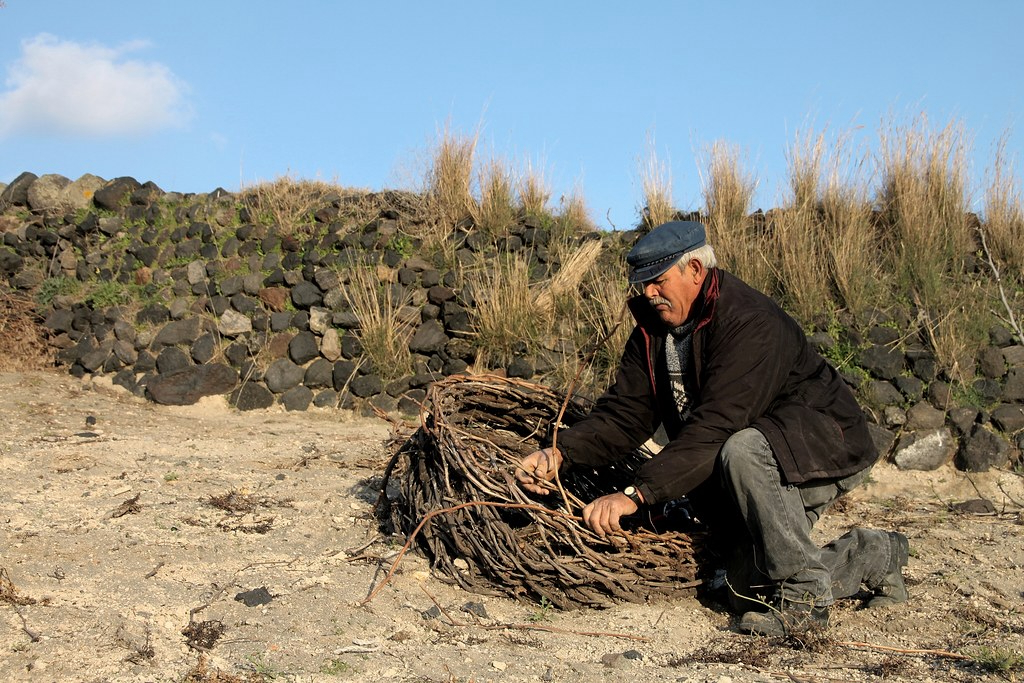
That’s the reason the company no longer continues to add to its own home-grown kouloura system. It’s not cost that matters, it’s quality.
“Dad was keen to replicate what he’d seen in Santorini, so he established 30 or so Assyrtiko baskets via trial-and-error, basically following traditional methods,” Barry explains.
“We later discovered that vines up on the trellises benefit from being exposed to cooling breezes. The fruit tastes much fresher than that at ground level. The numbers reflect that.”
“The basket system locks in heat and bakes the fruit. Unless it’s an ultra-cool season, we find the acid drops away before harvest and the wine is not as good. That’s not what we expected.”
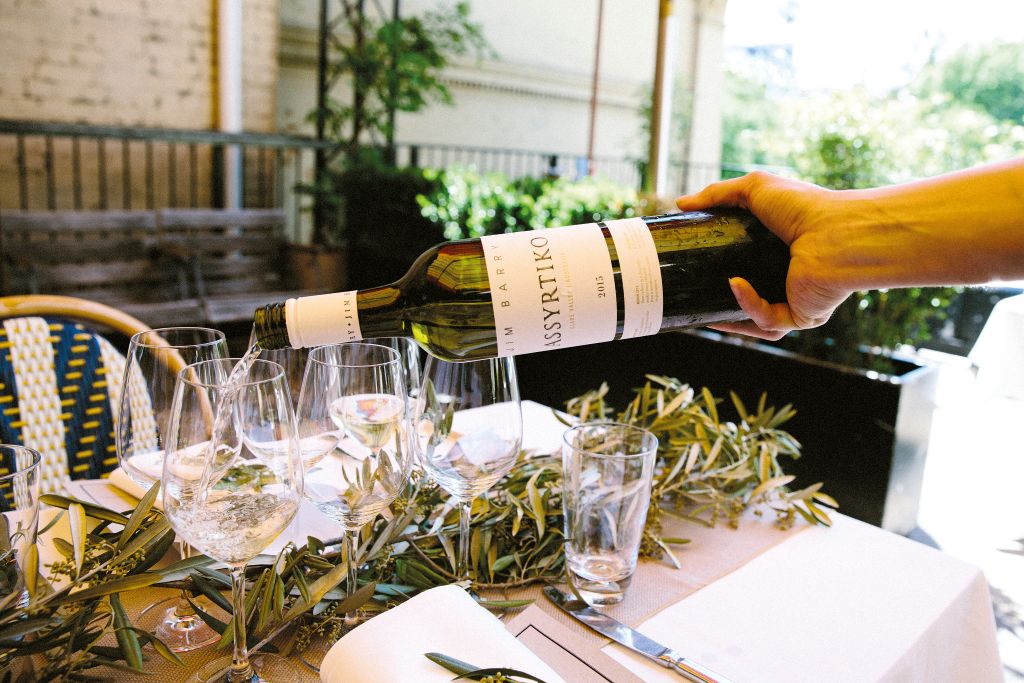
Better than expected are Assyrtiko cropping levels and winery extraction rates.
“In dry years, vines are managed to produce around 8t/ha; we might carry 10-11t/ha in wetter seasons,” the winemaker explains.
“The variety produces big bunches with large berries, but our extraction rate is only around 550L/t. We press a little harder than Riesling in order to gain some phenolics and a bit of texture. We also ferment 10 percent in large French oak, with 2-3 months on lees.
“That’s hardly traditional, but it’s good to try something different. It keeps things interesting.”
References
1. https://www.santorini.net
2. Lazarakis, K (2018): The Wines of Greece. Oxford: Infinite Ideas. Kindle.
3. https://www.weatherworld.com
4. ibid.
5. https://www.santorini.net
6. http://www.bom.gov.au
7. ibid.
8. https://www.santorini.net
9. Op.cit.
10. https://www.karakasis.mw/how-old-santorini-vineyard
This article was originally published in the June 2025 issue of the Australian & New Zealand Grapegrower & Winemaker. To find out more about our monthly magazine, or to subscribe, click here!
Are you a Daily Wine News subscriber? If not, click here to join our mailing list. It’s free!
